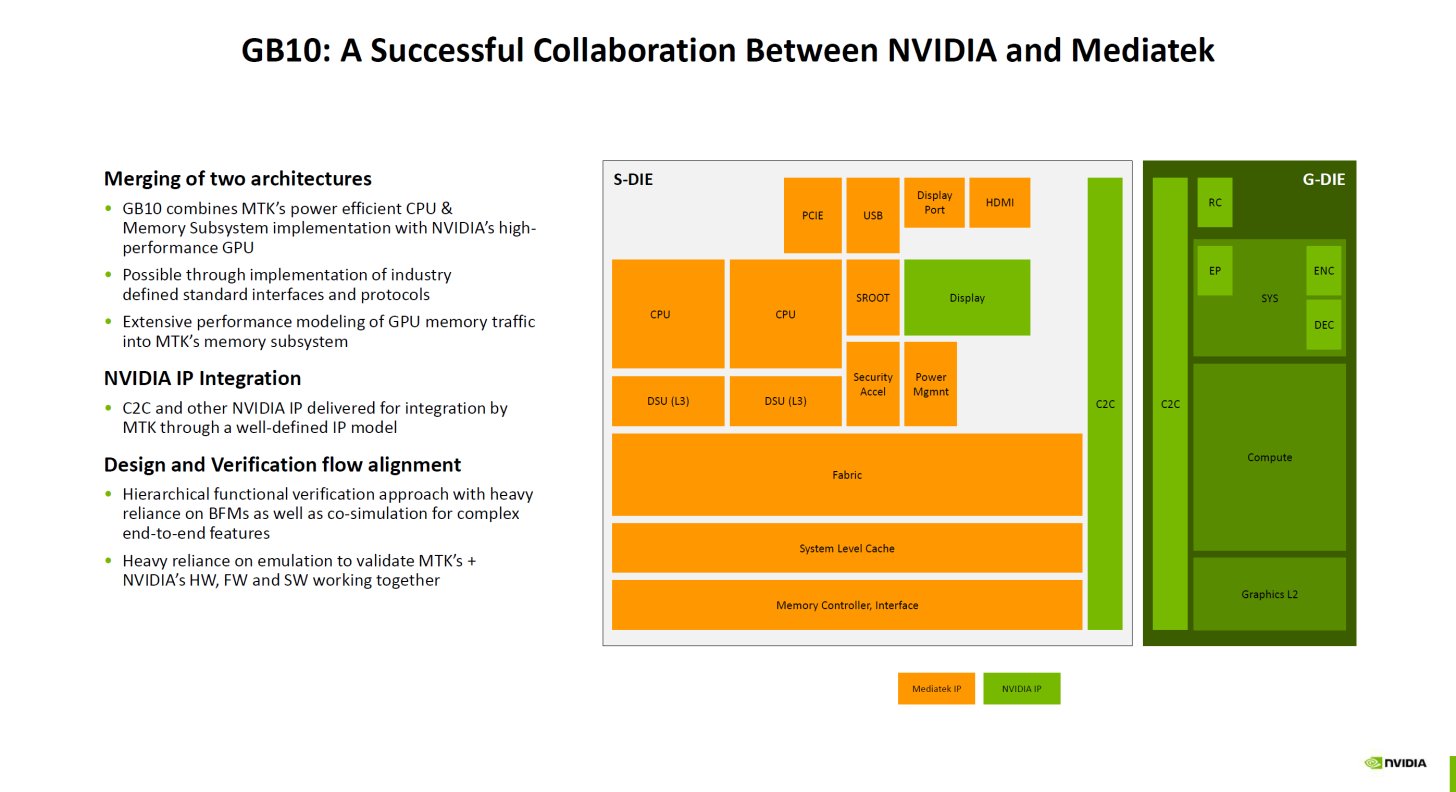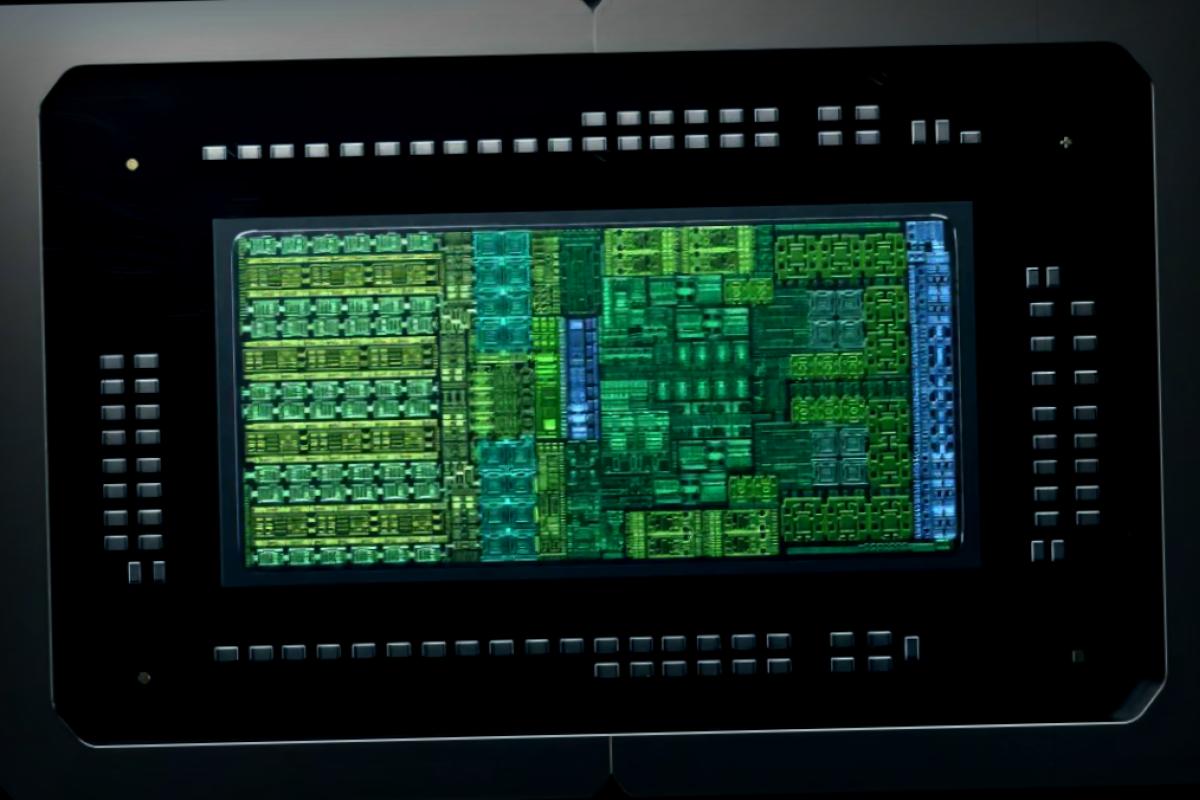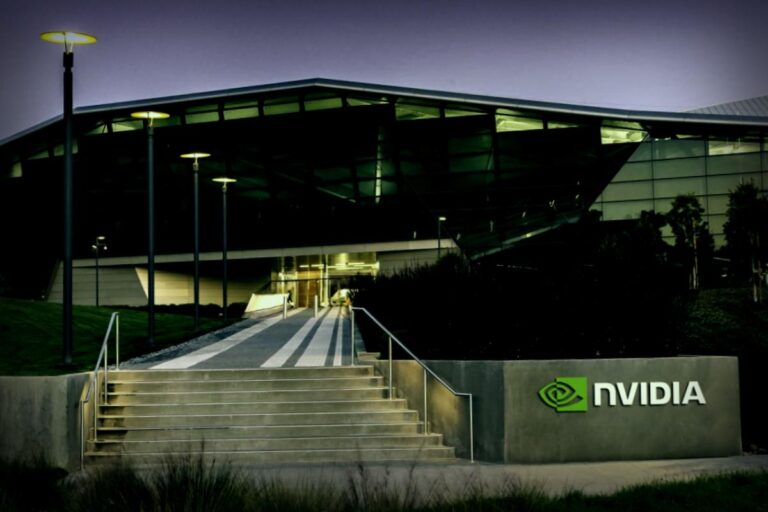If you’ve been keeping an eye on the gaming tech scene, you’ll be interested to hear some updates from Nvidia. At a recent Intel-Nvidia event, CEO Jensen Huang dropped a nugget of information: the upcoming Nvidia N1 chip for PCs is actually the same as the GB10 “Superchip” that’s clocking impressive runs in the DGX Spark AI box.
“We’ve got a new Arm product called N1,” expressed Huang at the Intel-Nvidia press conference. “This processor will show up not just in the DGX Spark but in various other products as well. We’re really excited about what’s coming down our Arm road map, and this development does not throw any of that off course.” Sounds promising, right?
However, there’s a bit of a mixed bag when you break it down. On one hand, we get a clearer picture of the chip’s specs from Nvidia, which you can check out [here](https://www.nvidia.com/en-gb/products/workstations/dgx-spark/). But there’s still a cloud of uncertainty hanging over its actual performance for real-world gaming, especially when compared to AI workloads.
So, what do we know about the N1? It will rock an Arm CPU SoC that boasts 10 Arm Cortex X925 cores alongside 10 Cortex A725 cores. To top that off, it also includes an Nvidia GPU chiplet loaded with 6,144 CUDA cores.

Spec-wise, the N1 is aligned with the RTX 5070, sharing the same CUDA core count, but there’s a twist: the RTX 5070 uses a partially disabled GB205 chip with a total of 6,400 CUDA cores. Details around Nvidia’s strategy for the N1 tailored to PCs remain fuzzy.
Another thing to think about is the compatibility of PC games on Arm CPUs. Although Qualcomm’s Snapdragon X series is making strides on this front and Microsoft is backing improved Arm support with features like the Prism translation layer, actual game support on Arm chips is hit or miss.
You’d imagine that if any company is equipped to make gaming shine on Arm CPUs, it should be Nvidia. With relationships to major game developers and a deep pocket, they certainly have the tools to pull it off.
Plus, let’s not forget the power of emulation! Apple has demonstrated that high-level x86 emulation is possible when done right, thanks to its custom silicon chips. The Nvidia N1 will operate off-the-shelf Arm cores, but that doesn’t mean emulation can’t still produce positive results.

In fact, look at the Proton compatibility layer used in Valve’s SteamOS for the Steam Deck—coded translations in real time can definitely bridge gaps, even though Proton operates slightly differently by translating between Microsoft’s DirectX and Vulkan.
A lasting question remains: even with the theoretical horsepower of the N1’s GPU, how will its Arm CPU cores handle the demands of gaming?
And you can’t talk about power without discussing price. The DGX Spark comes in at a whopping $4,000—all well and good for AI workloads, but a daunting figure if you’re looking at it as a gaming rig. With 128 GB of RAM and an Nvidia network interface, it’s clearly not a contender for your standard gaming setup price.
Comparing it with AMD’s Strix Halo, another hefty chip designed to juggle AI models, highlights how high the stakes are. Both feel pricey for gamers seeking chocolate box solutions.
Also noteworthy, the DGX Spark missed its original July launch window and is yet to make it to customers, surrounded by talk that the whole Nvidia Arm chip initiative might not drop until early next year.
Given all of this, we can’t hide the cooldown on our excitement for the N1. This chip definitely has a mountain of expectations to climb.




















